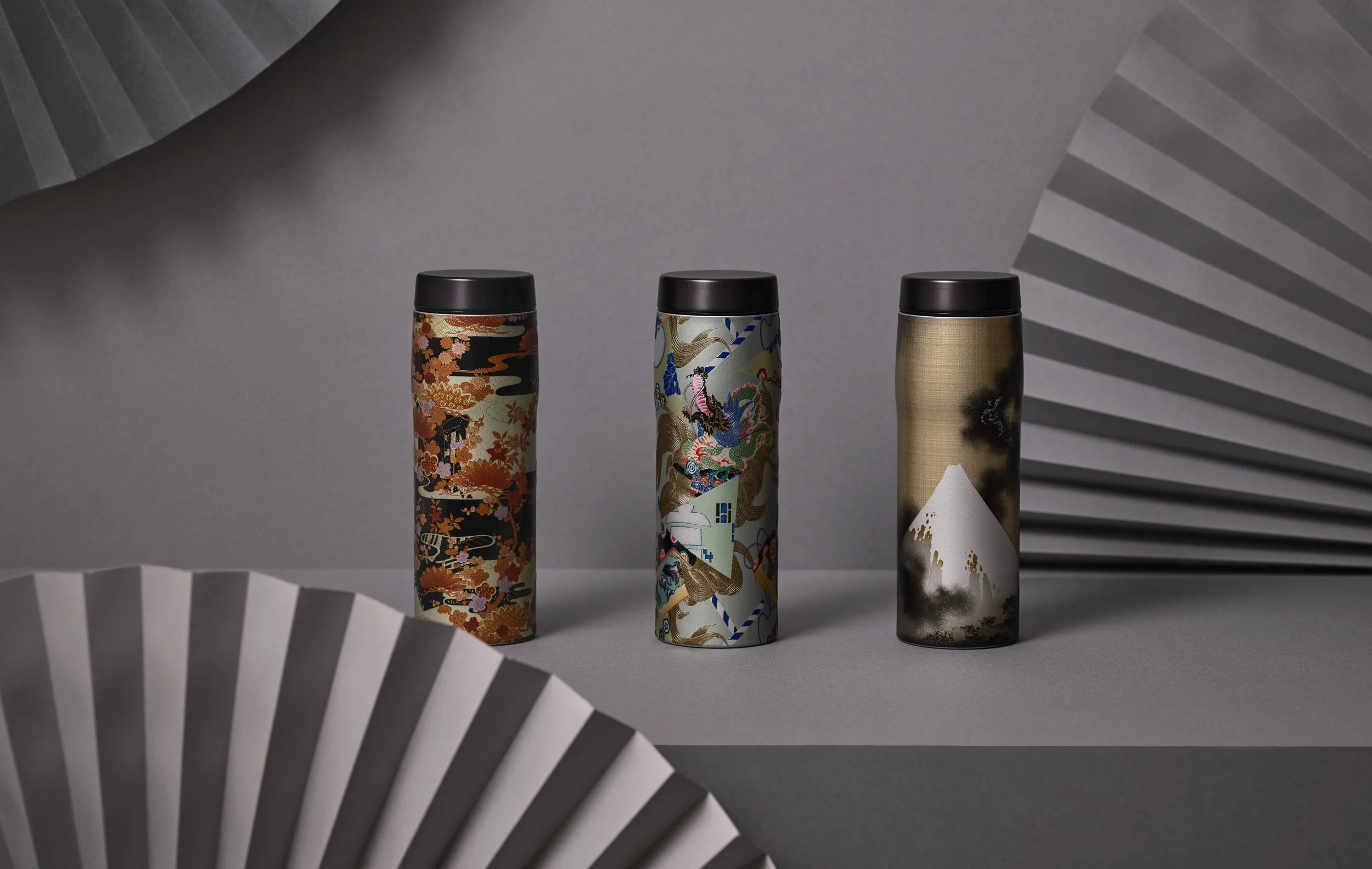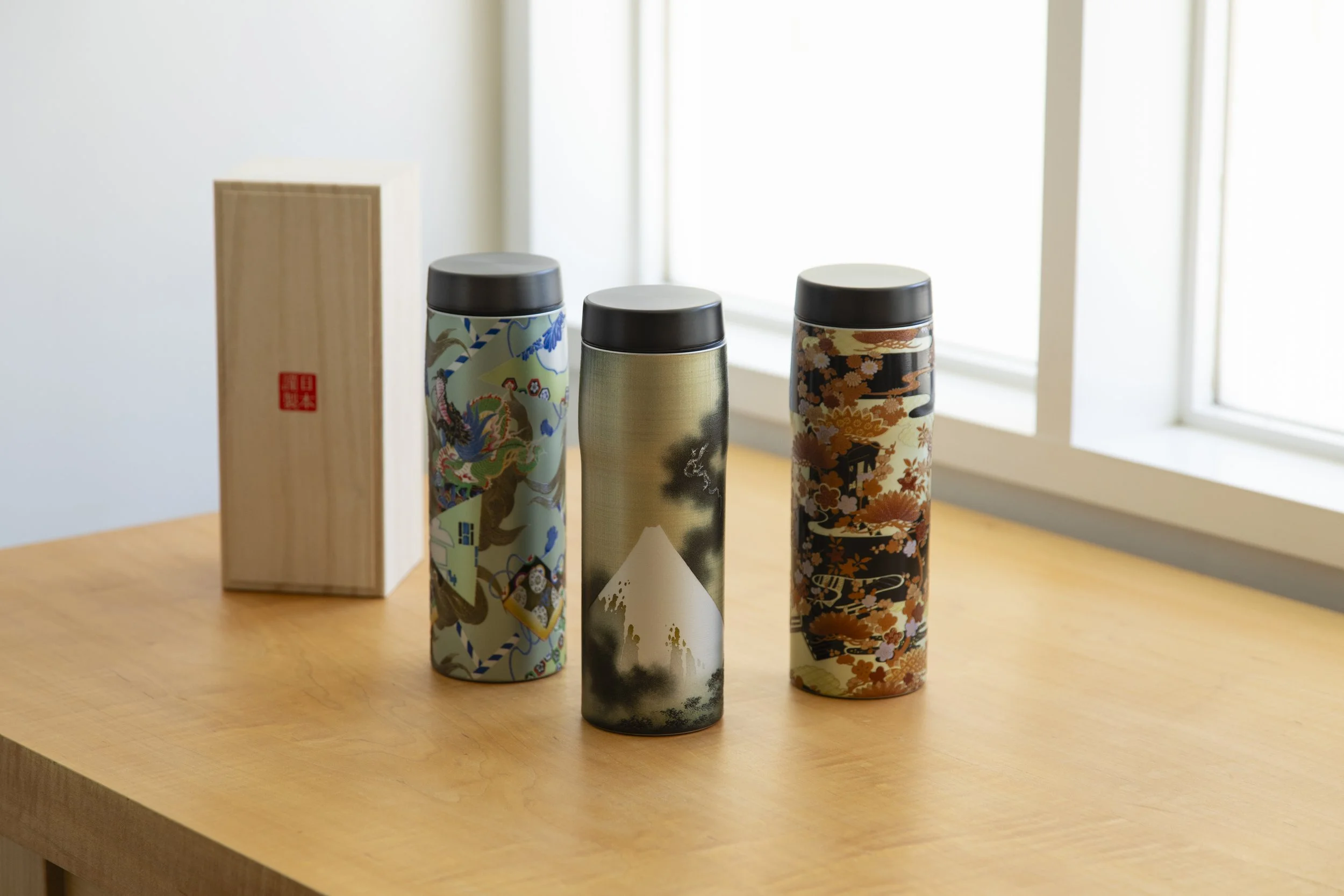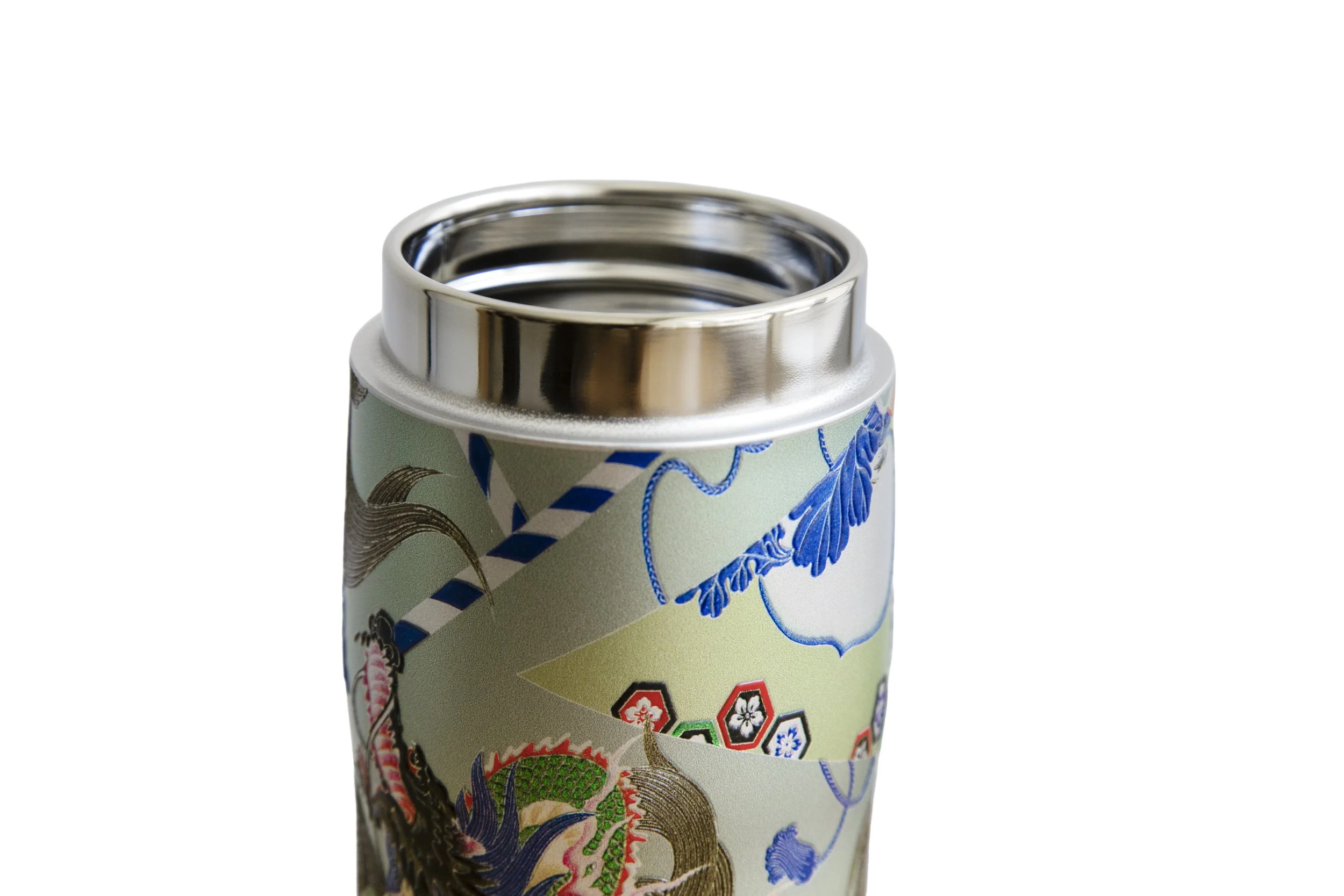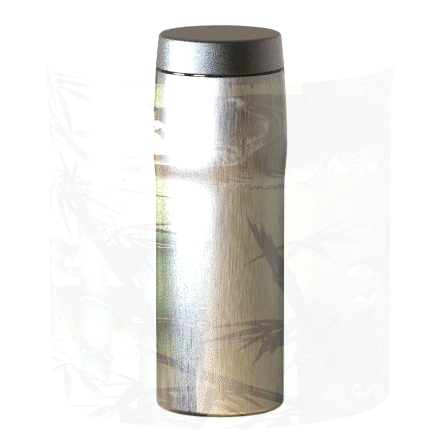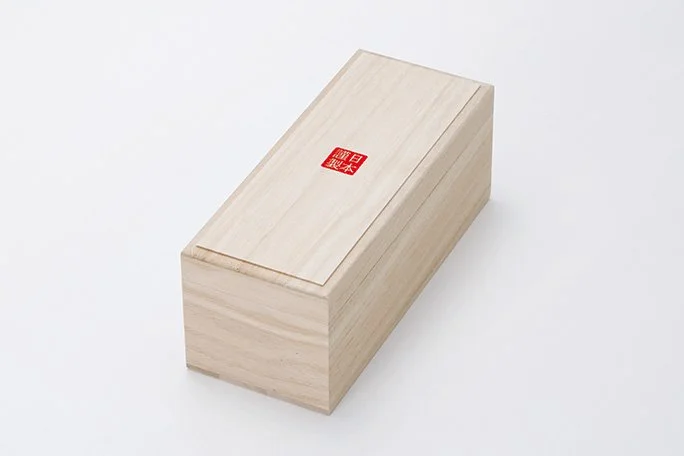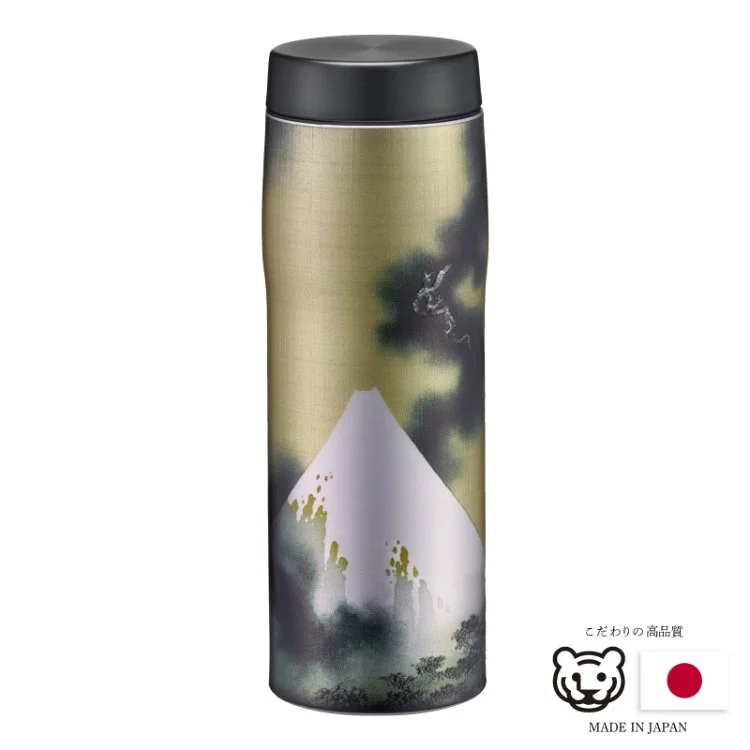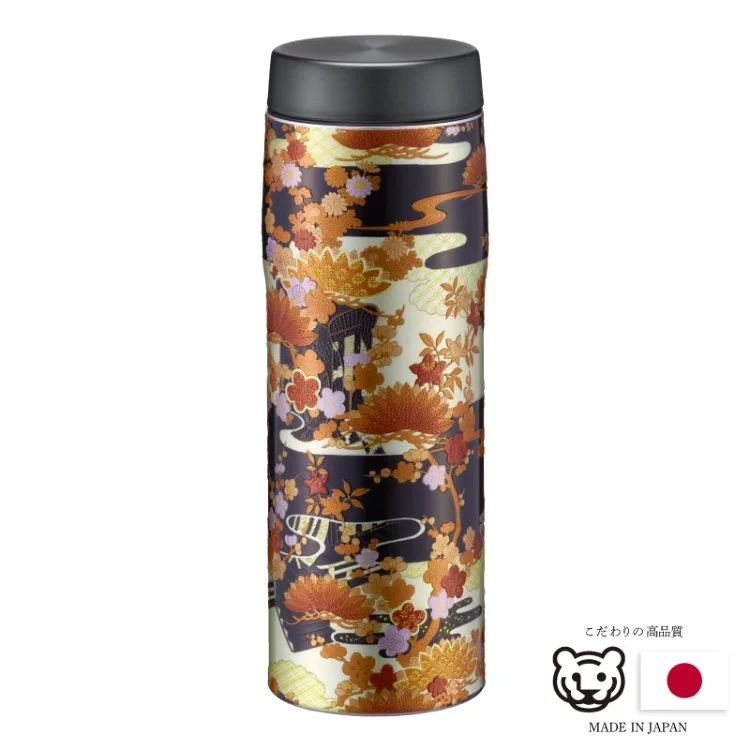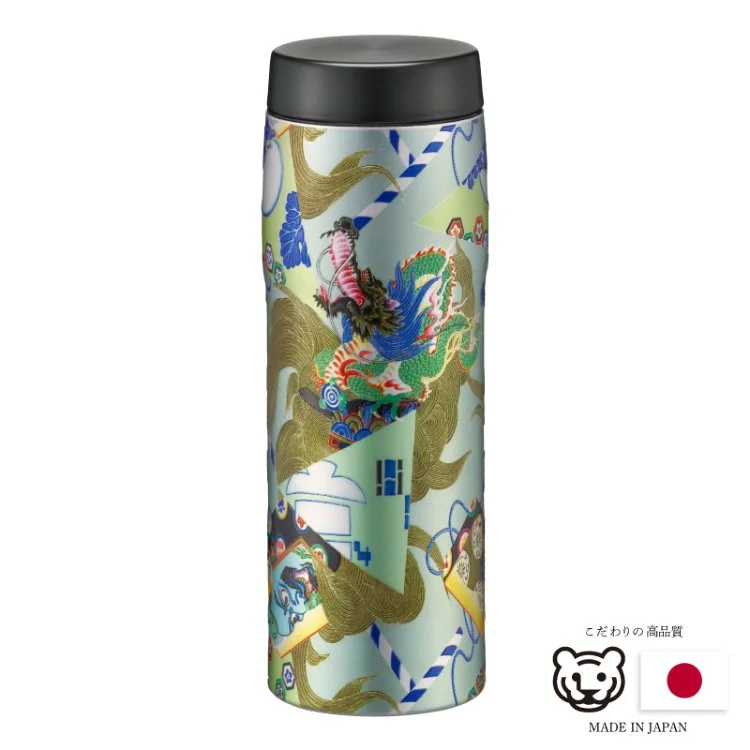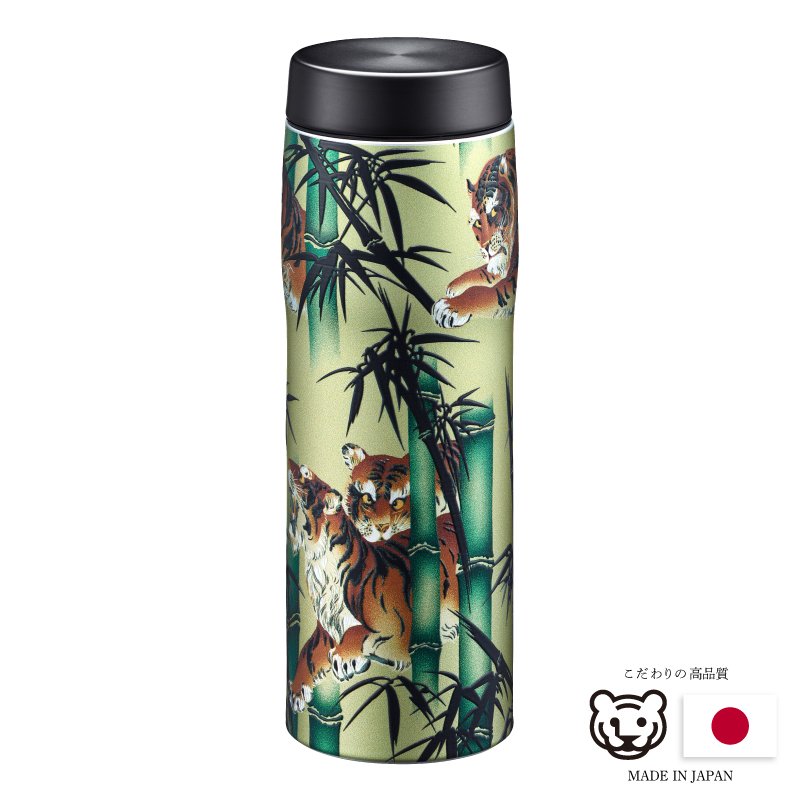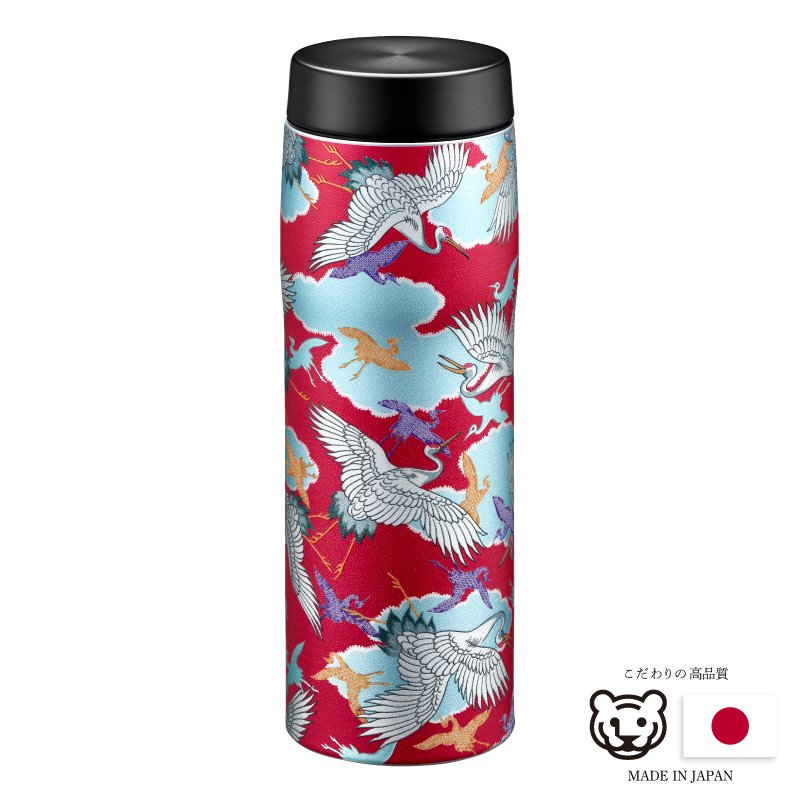“Pagong x Tiger” Second Collaboration
“Three New Releases Featuring Famous Patterns”
Pagong (Kameda Tomizome Factory) proudly presents “Art Bottle No. 2”, created in collaboration with Tiger Magic Bottle.
This marks the second collaboration between the two long-established brands, both dedicated to preserving tradition while embracing innovation. Tiger Corporation, renowned for over a century of craftsmanship in vacuum-insulated technology, has applied its unique special coating process to reproduce the intricate beauty of Kyo-Yuzen—the traditional dyeing art of Kyoto—on a modern bottle.
The result is a fusion of advanced Japanese engineering and timeless artistry. The delicate kimono patterns of Kyo-Yuzen are reimagined in a contemporary style, transformed into a design that not only reflects cultural heritage but also enhances everyday life. Each bottle becomes a piece of functional art, carrying with it the elegance of Kyoto’s textile tradition and the quality for which Tiger is celebrated.
This collaboration embodies the spirit of “using tradition in the present,” allowing people worldwide to enjoy the sophistication of Japanese design in a form that seamlessly blends practicality with beauty.
“Dragon flying over Mount Fuji”
Katsushika Hokusai (1760-1849) was to spend his final years passionately making a rare collection of “free-hand” paintings, quite unlike any of his previous ukiyo-e print-works which he is most world-renowned.
Hokusai’s enduring passion to portray Mount Fuji, Japan’s sacred mountain, is a challenge he continued to pursue for his entire lifetime. The many ephocal events of his long prolific career seem to culminate in his final masterpiece, “Dragon Flying Over Mount Fuji” where we the viewer are given the rare opportunity to look deeply into the stillness and peace within the artist’s final year.
“Goshodoki”
From the Heian period through the Kamakura period, ox-drawn carriages used by aristocrats during court ceremonies were known as Goshoguruma. Their elegant form became one of the most iconic motifs of the dynasty style. Often depicted alongside seasonal flowers, the design conveys an atmosphere of refinement and opulence.
This particular pattern incorporates the five traditional Japanese colors as well as ma-iro tones, evoking the graceful beauty of Heian court life as described in The Tale of Genji.
Drawing inspiration from themes in Noh theater and stories from the imperial era, it presents a landscape rich in perspective—palaces, ox-carts, and fans harmoniously arranged against flowing water and blossoms—symbolizing the elegance and cultural sophistication of Japan’s classical age.
“The Dragon God”
A deity of the sea in Japanese mythology, RYUJIN or “Dragon God”, has the powerful capability to transform into a human shape, and is the master of serpents. With his magic jewels he is responsible for the tides, and represents both the perils as well as the bounty of thesea.
Ryujin is one of the eight dragon gods which were originally imported from Indian mythology via China and Korea. His residence is in a palace beneath the sea or in a lake of an extinct volcano. The depths of Lake Biwa, north-east of Kyoto, are often cited as the home of Ryujin.
LayerCoat
"Kasane" technique reproduces traditional Japanese beauty
PACKAGING
Paulownia wood box for presentation box

